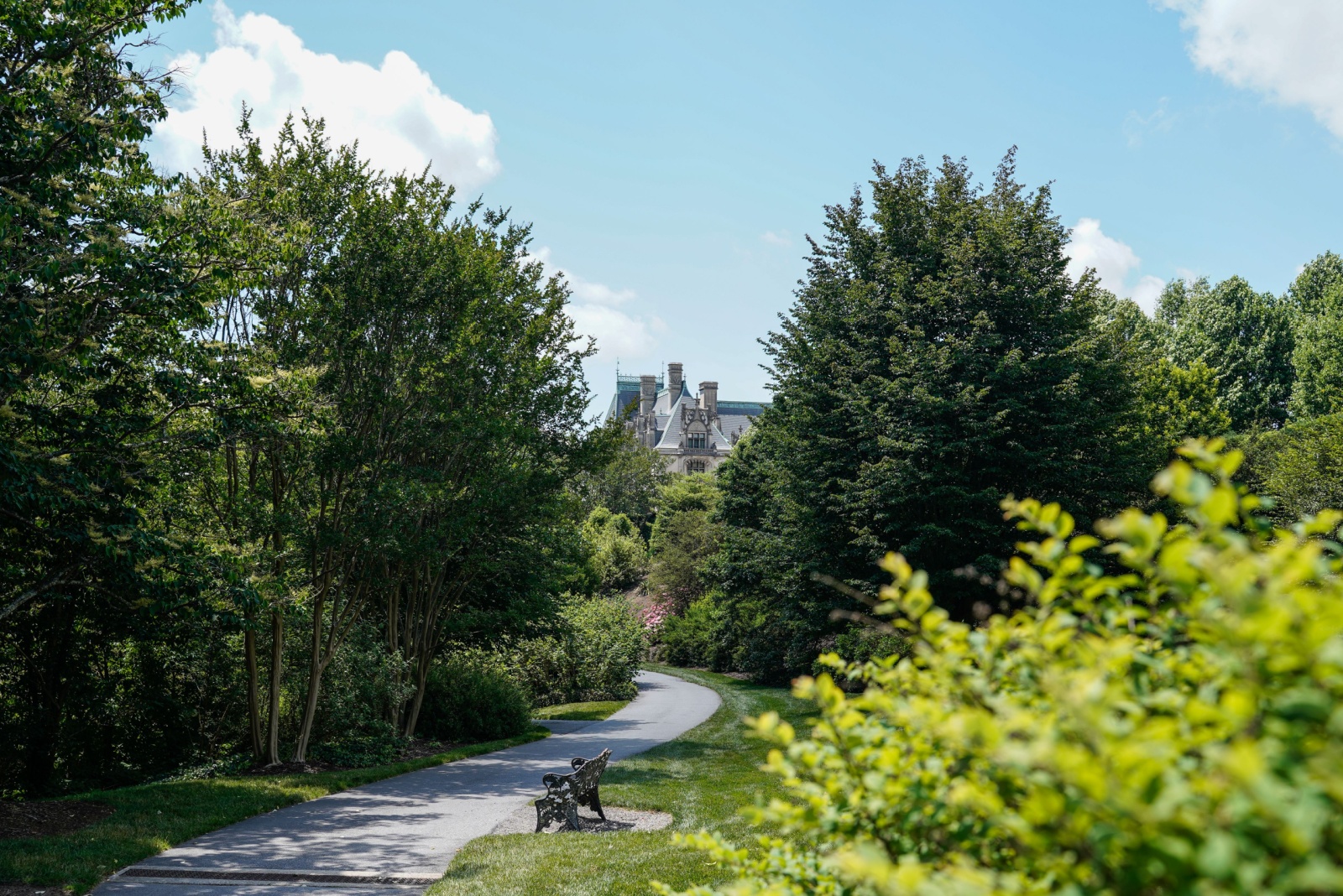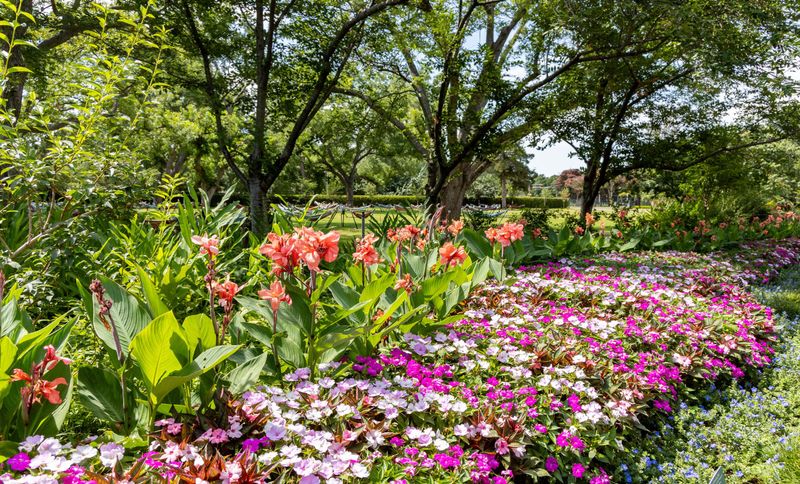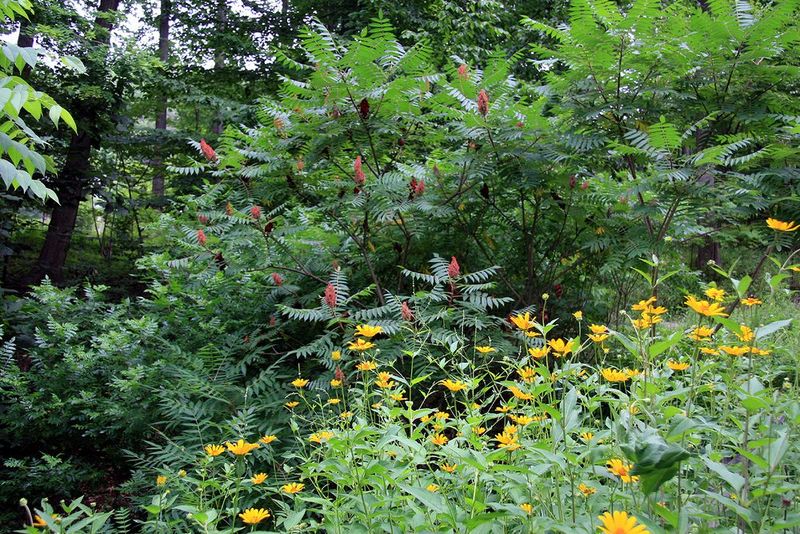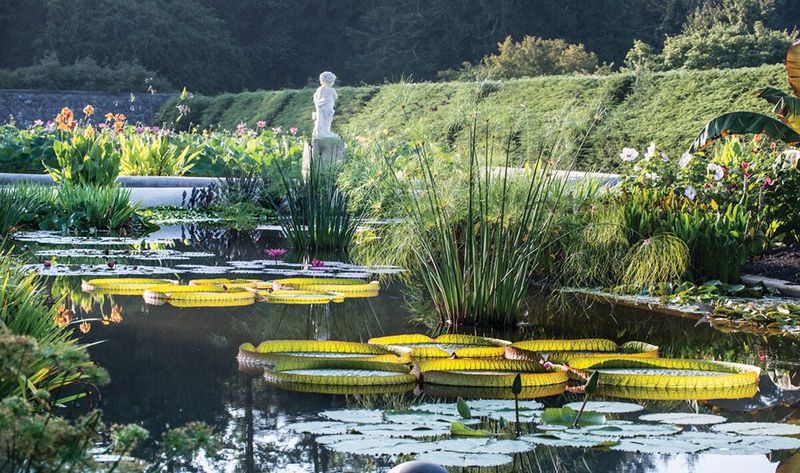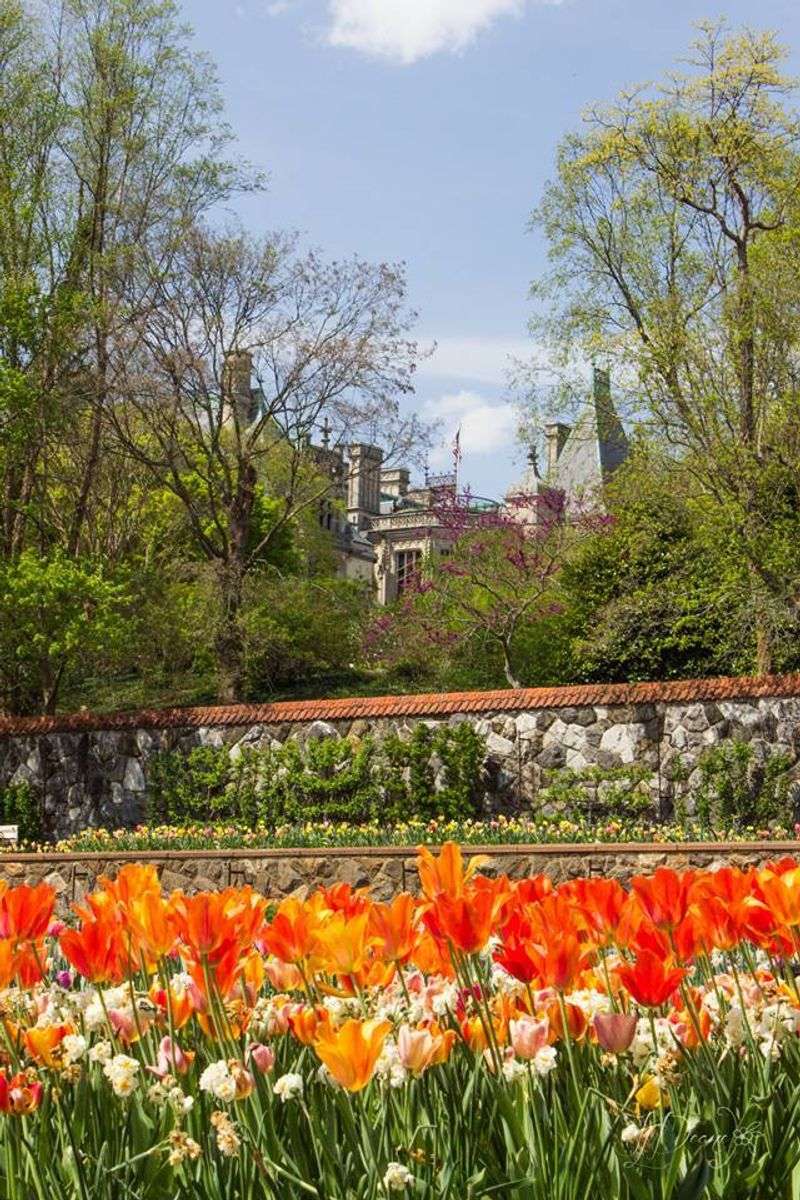Frederick Law Olmsted, the father of American landscape architecture, left his final mark at the Biltmore Estate in Asheville, North Carolina. His sweeping design turned 8,000 acres into a living canvas of gardens, forests, and scenic vistas. Even today, his work continues to shape the estate’s timeless charm.
Recent research has shed new light on Olmsted’s original master plan, revealing layers of intention behind every path and planting. From native species to curated views, his vision was both artistic and ecological. These discoveries deepen our appreciation for the estate’s horticultural legacy.
More than a beautiful retreat, Biltmore remains a tribute to Olmsted’s genius and foresight. His blend of natural beauty and thoughtful design still guides how the land is cared for. It’s a legacy that grows stronger with every season.
1. The Visionary Four-Season Approach
Olmsted insisted that Biltmore’s gardens provide visual interest throughout the year, not just during peak bloom seasons. He carefully selected plants with varying flowering times, colorful autumn foliage, and interesting winter silhouettes.
Records show he incorporated over 500 different plant species, creating a tapestry that changes with each season. The recently discovered notebooks detail his meticulous planning for North Carolina’s climate zones.
Walking through the estate today, visitors experience the same seasonal transitions Olmsted envisioned in 1895, from spring tulips to summer roses to autumn maples to winter hollies.
2. Native Plants As Foundation Elements
Revolutionary for his time, Olmsted championed using native North Carolina species throughout Biltmore’s landscapes. His master plan reveals detailed sketches of rhododendrons, mountain laurel, and towering white pines strategically placed to create natural-looking vistas.
Researchers discovered Olmsted sent teams to collect specimens from nearby mountains, documenting each plant’s natural habitat to ensure proper placement on the estate. His correspondence shows debates with George Vanderbilt about balancing native plants with European specimens.
Nearly 70% of Olmsted’s original native plantings continue to thrive at Biltmore today, providing a living museum of North Carolina’s botanical heritage.
3. Water Features With Ecological Purpose
Newly discovered drawings reveal Olmsted’s water features weren’t merely decorative—they formed an intricate ecological system. The Bass Pond, streams, and fountains were engineered to control erosion while creating habitats for native aquatic plants.
Olmsted’s notes show he studied North Carolina’s natural waterways before designing Biltmore’s water systems. His plan included specific instructions for water depth, flow rates, and bank plantings to sustain local wildlife.
Gardeners at Biltmore still follow his hydrological principles, maintaining water gardens with native irises, cardinal flowers, and water lilies arranged according to his original planting schemes.
4. The Walled Garden’s Hidden Symbolism
Among the most surprising revelations in Olmsted’s recovered papers is the symbolic geometry of Biltmore’s Walled Garden. The four-acre formal garden wasn’t just beautiful—it told a story through plant selection and arrangement.
Each quadrant represented a season and a classical element: earth, air, fire, and water. Olmsted’s plant lists show how he selected flowers whose colors and growth habits symbolized these elements while thriving in North Carolina’s climate.
Historical photographs compared with current garden layouts confirm that today’s Biltmore horticulturists have maintained approximately 80% of Olmsted’s original symbolic design intentions.
5. Preservation Efforts Revealing Lost Elements
Recent archival work has uncovered Olmsted’s plans for several garden features that were never fully realized. A series of terraced meditation gardens on the estate’s eastern slope and a native wildflower meadow were designed but abandoned after Olmsted’s health declined.
Biltmore’s current horticultural team is using ground-penetrating radar to locate original pathways and planting beds hidden beneath decades of soil accumulation. Some discoveries have been surprising—including irrigation systems remarkably similar to modern sustainable design practices.
The estate has launched a 10-year restoration initiative to bring these lost elements of Olmsted’s vision back to life, blending historical accuracy with contemporary conservation techniques.

